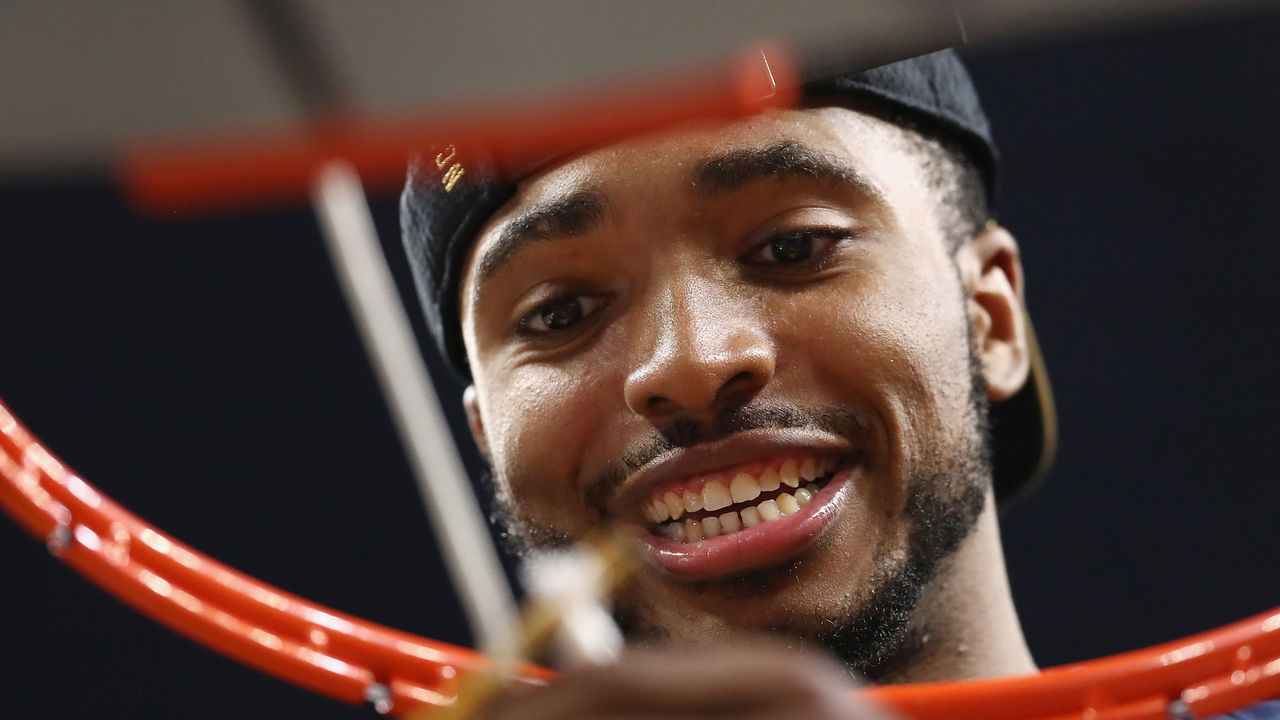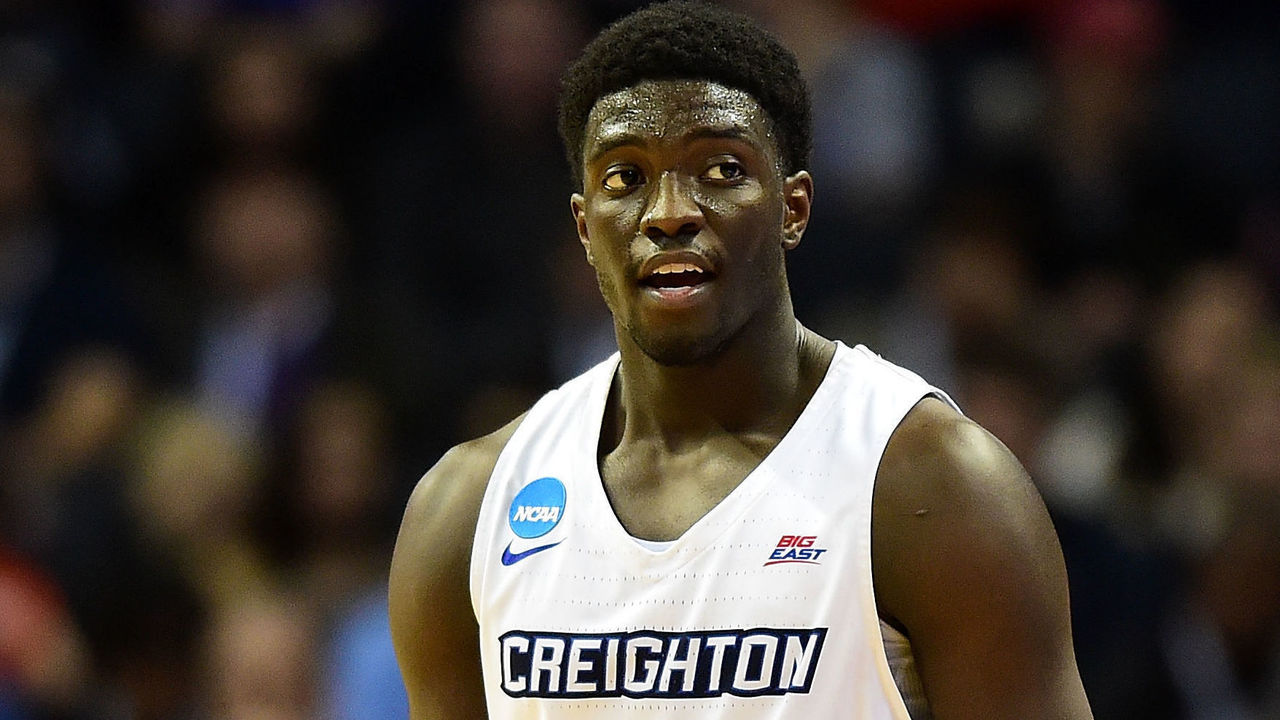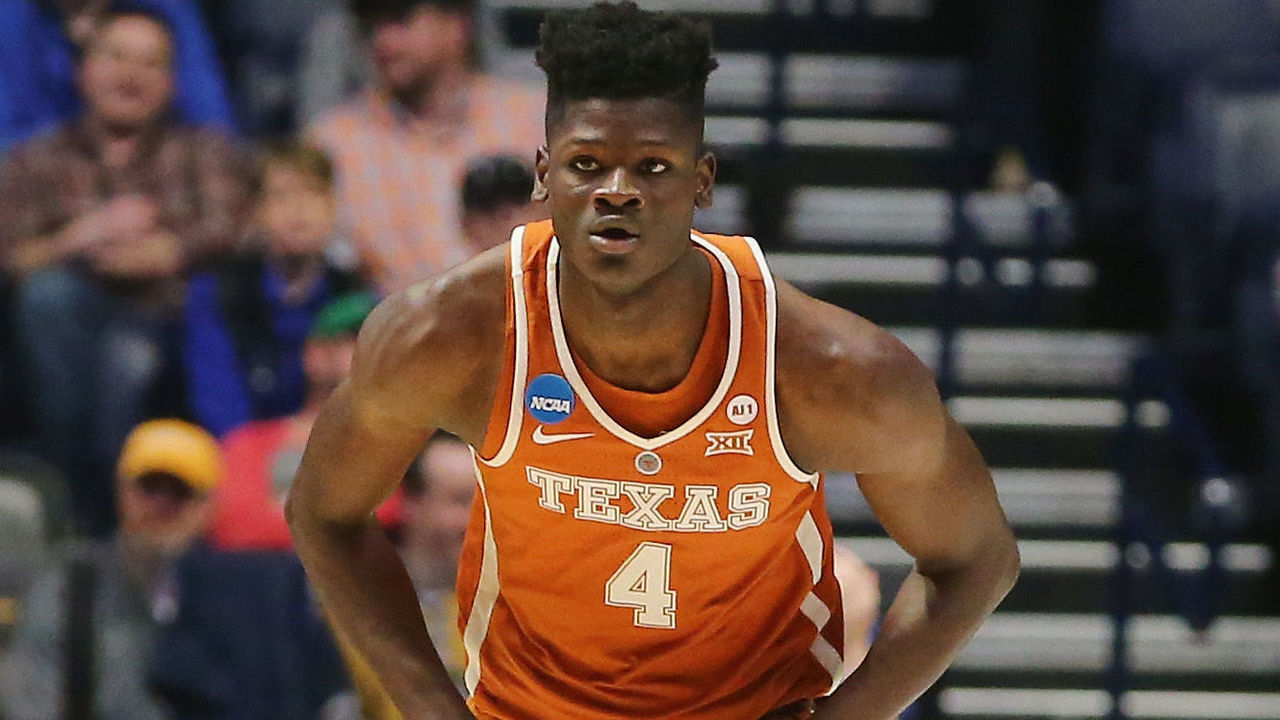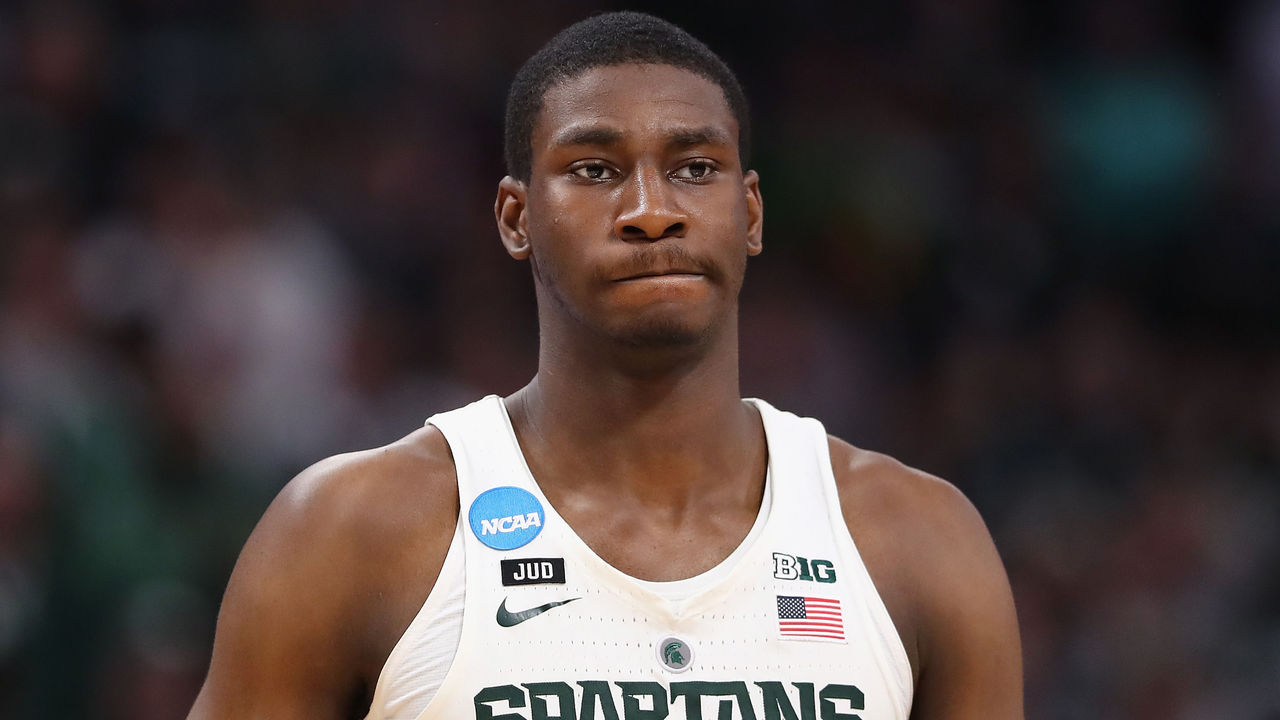Breaking down the top 5 defenders in the 2018 NBA draft
Finding that perfect balance of both efficient offense and shutdown defense is paramount in today's NBA, evident by upper-echelon teams like the Houston Rockets, Toronto Raptors, and reigning NBA champion Golden State Warriors finishing in the top 10 in both categories.
Dropping 110-plus points on a nightly basis as a unit can go a long way, but if you're giving up 120 on the scoreboard, then victories are probably few and far between. Defense still matters, and while it's not as sexy as spotting up from 3-point range or elevating for a windmill jam in transition, it's still a crucial facet of the game that demands proper execution.
The following five prospects in this year's draft class should help improve the quality of defense for the organizations willing to roll the dice on them on June 21.

Zhaire Smith, Texas Tech
As SportingNews.com's Chris Stone points out, only 107 freshmen in the last 25 years have averaged five boards, 1.1 steals, and 1.1 blocks per game. Smith, of course, is a part of that list, but of those 107 players, only Smith and nine others were 6-foot-5 or shorter.
Smith is skyrocketing up draft boards to the point where he could easily end up being a late lottery pick. His athleticism is truly off the charts, registering a 33-inch standing and 41.5-inch max vertical leap at the combine. The Big 12 All-Defensive Team member put that astounding leaping ability to good use with the Red Raiders, recording a 9.6 offensive rebound percentage - something just nine other freshmen at his size have done across a minimum 35 appearances.
His 6-foot-4 stature at the three spot won't do him many favors defending in the NBA, mind you, yet Smith is savvy enough to overcome that. He was assessed just 67 personal fouls in 1,050 minutes of action, and even though Smith won't be nearly as fortunate with the whistle as a pro, he'll become more disciplined over time with fewer reaches and gambles - areas in which he got away red-handed with in college.

Mikal Bridges, Villanova
The highly-coveted 3-and-D prototype wing is hard to come by in a class overflowing with giants and playmaking guards. Of the few standouts who fit that criteria, though, Bridges - the 2018 Julius Erving Award winner for the top men's collegiate small forward - may be the best two-way player of the lot.
His defensive numbers don't pop off the page, although his 2.4 defensive win shares were tops on the National Champion Wildcats. Bridges possesses lightning-fast footwork to cover ground on switches and maneuver through screens, with a 6-foot-7 frame and 7-foot-2 wingspan that can be thrown at multiple positions to yield positive results.
Head coach Jay Wright never hesitated putting Bridges on the opposition's best guy. When he's standing across from a ball-handler, every pass and movement is second guessed, because Bridges is always one step ahead.

Khyri Thomas, Creighton
Thomas' resume speaks for itself in the form of back-to-back Big East Defensive Player of the Year awards, making him the 10th player to ever win it on multiple occasions. The likes of Allen Iverson, Patrick Ewing, Alonzo Mourning, and Dikembe Mutombo did the same, and needless to say, they turned out just fine.
Thomas once described his mentality as a defender as "stealing the ball, killing the other guy in front of me." He's a diminutive 6-foot-2, which isn't all that intimidating, but with a 6-foot-11 wingspan, Thomas can continue being that defensive killer he prides himself on being against bigger guards.
He registered three or more steals in 12 of his 33 outings his junior year, and finished third in the Big East in steal percentage (2.9). There's a subtle irony of a prospect like Thomas - who's so proficient in the art of stealing the rock - perhaps ending up being one of the steals of the draft.

Mohamed Bamba, Texas
No one in the NBA will have a longer wingspan than this Longhorn, who set a combine record with a measurement of 7-foot-10 - nearly two inches more than "The Stifle Tower" Rudy Gobert.
Bamba, who averaged 3.7 blocks per game (second in the nation) during his lone year of college ball, could probably contribute at least three rejections in his sleep at the pro level if he's set on keeping his elite defender status. You can't teach size or length, and this 7-footer has both in spades.
Now it's just a matter of fully committing to being a rim protector and maintaining consistent effort on that end until his still developing offensive repertoire catches up to the rest of his game. We've never seen a prospect with his physical gifts, which should give him a leg up on everyone else.

Jaren Jackson Jr., Michigan State
Serving as a 6-foot-11 forward who can stretch the floor with a nearly 40-percent clip from 3-point range just screams "modern big man." What Jackson Jr. could accomplish scoring the rock in a more prominent role has wooed a number of teams with high picks, but lets not ignore what he brings to the table defensively, which is just as exciting.
Named the Big-10 Defensive Player of the Year, this 18-year-old prospect ranked seventh in blocks per game (3), second in block percentage (14.3), fourth in defensive rating (86.4), and second in defensive box plus-minus (10.3).
Jackson will likely be used at the five in his first year no matter where he lands, despite spending most of his tenure with the Spartans at the four. If anything, that experience helped improve his mobility to keep pace with small-ball fours who live behind the arc, while still being stout enough to also bang around with fives and alter shots with his 7-foot-5 wingspan.
(Photos courtesy: Getty images)
HEADLINES
- No. 1 Arizona improves to 10-0 with dominant win over Abilene Christian
- No. 3 Duke overcomes slow start vs. Lipscomb to get Scheyer 100th win
- Ball scores career-high 26 to power No. 5 UConn past Butler
- Dybantsa, Saunders lift No. 10 BYU to lopsided win over Pacific
- No. 17 Kansas rolls past Towson in Peterson's absence